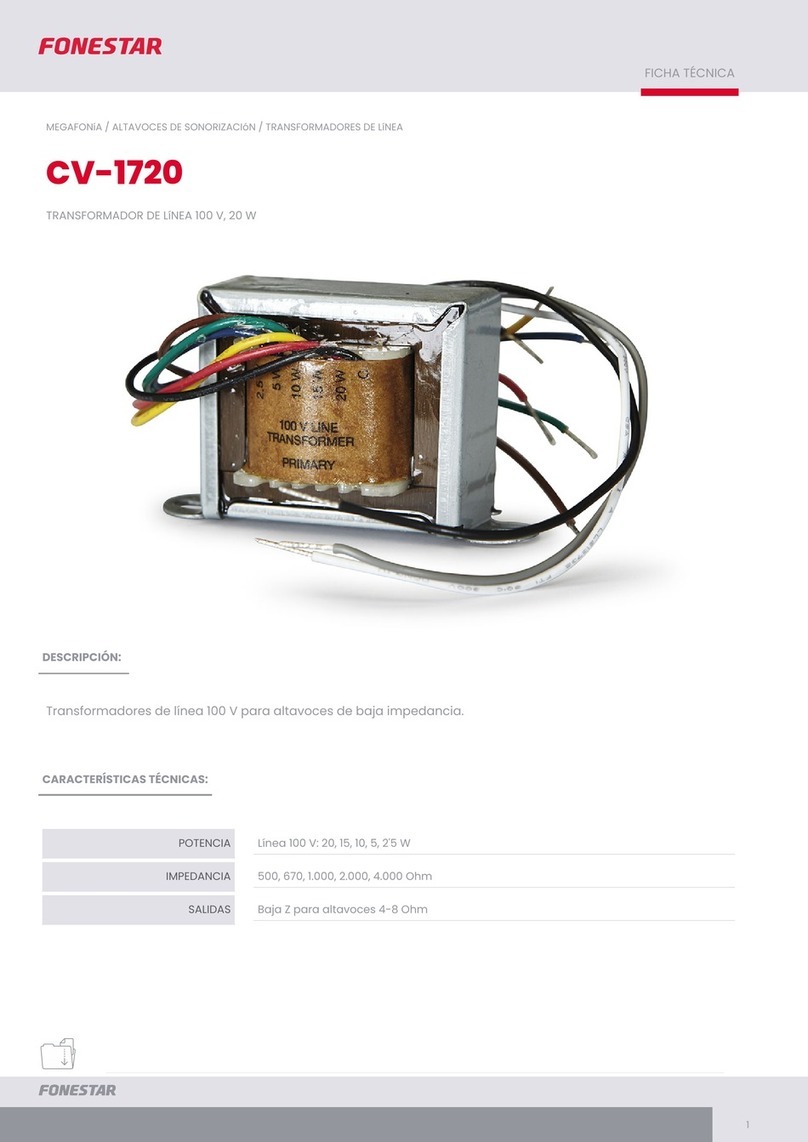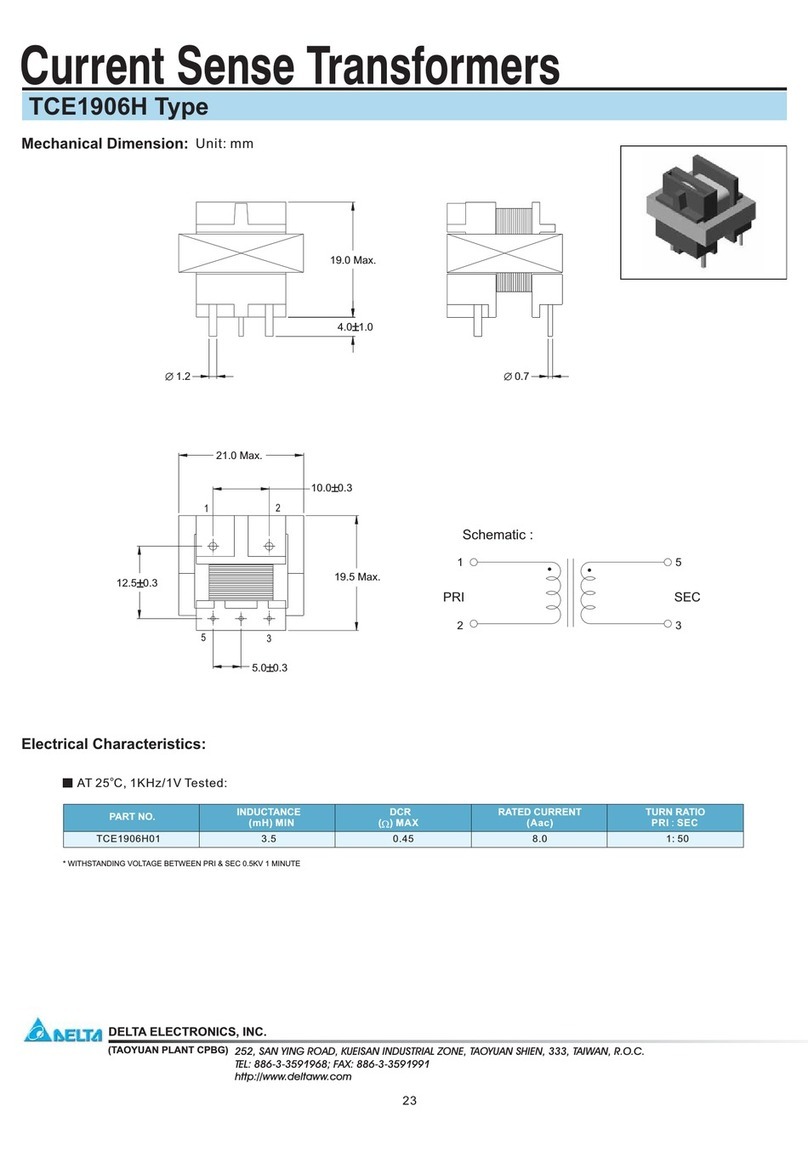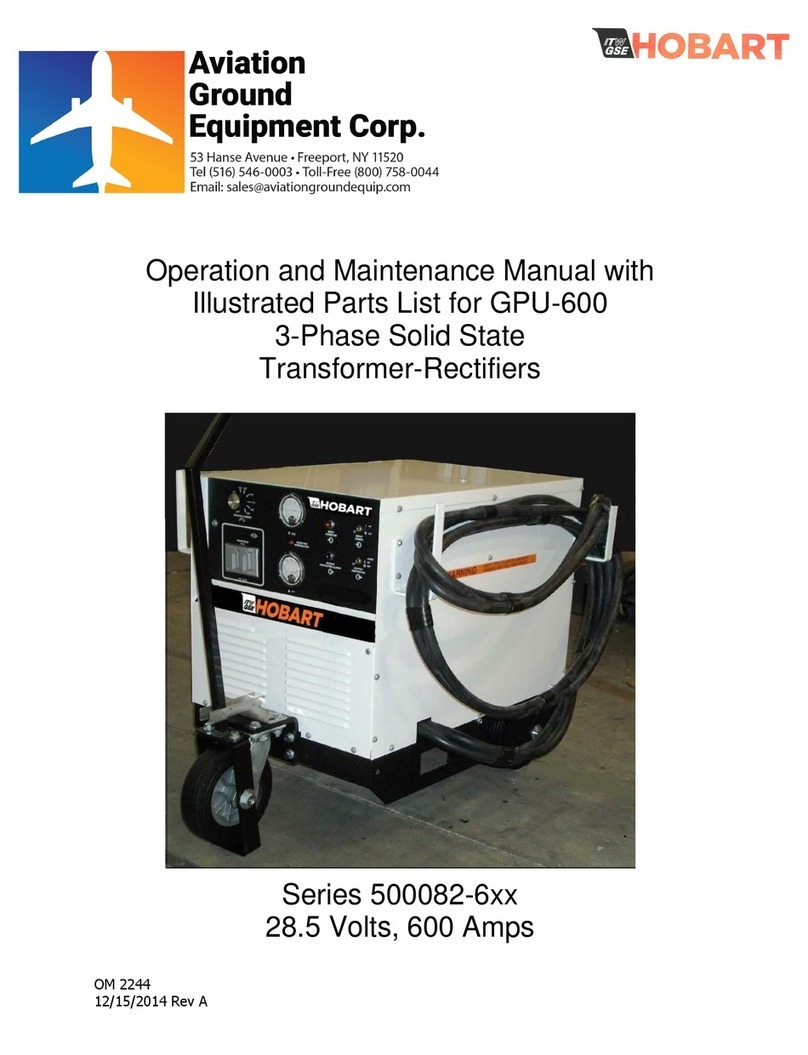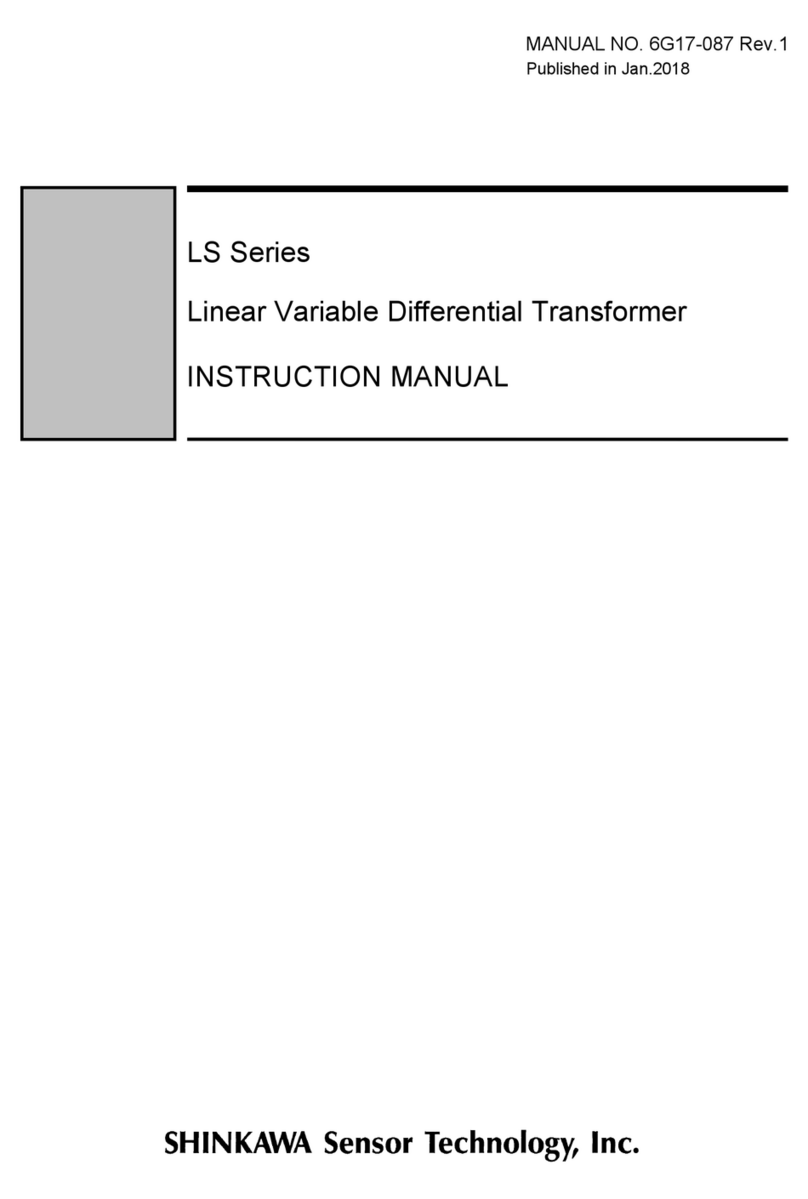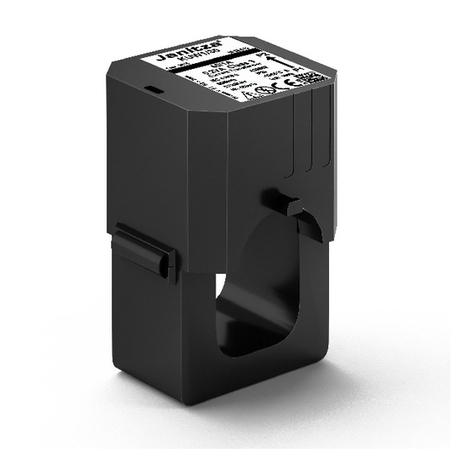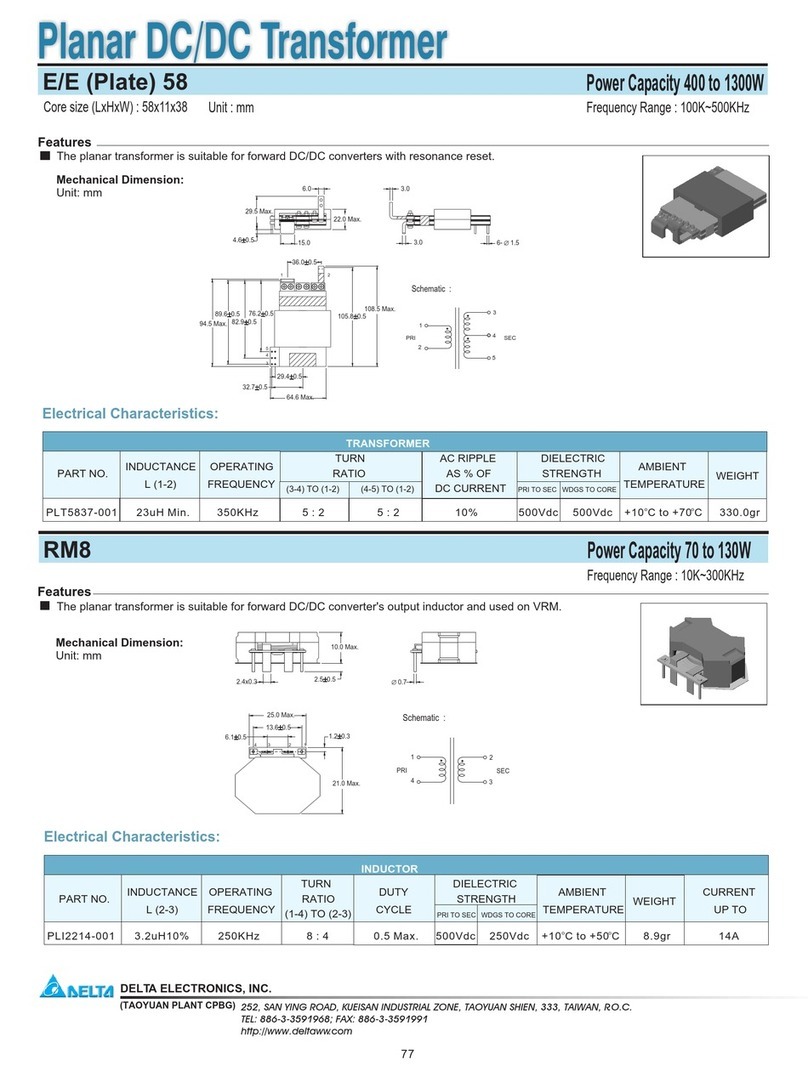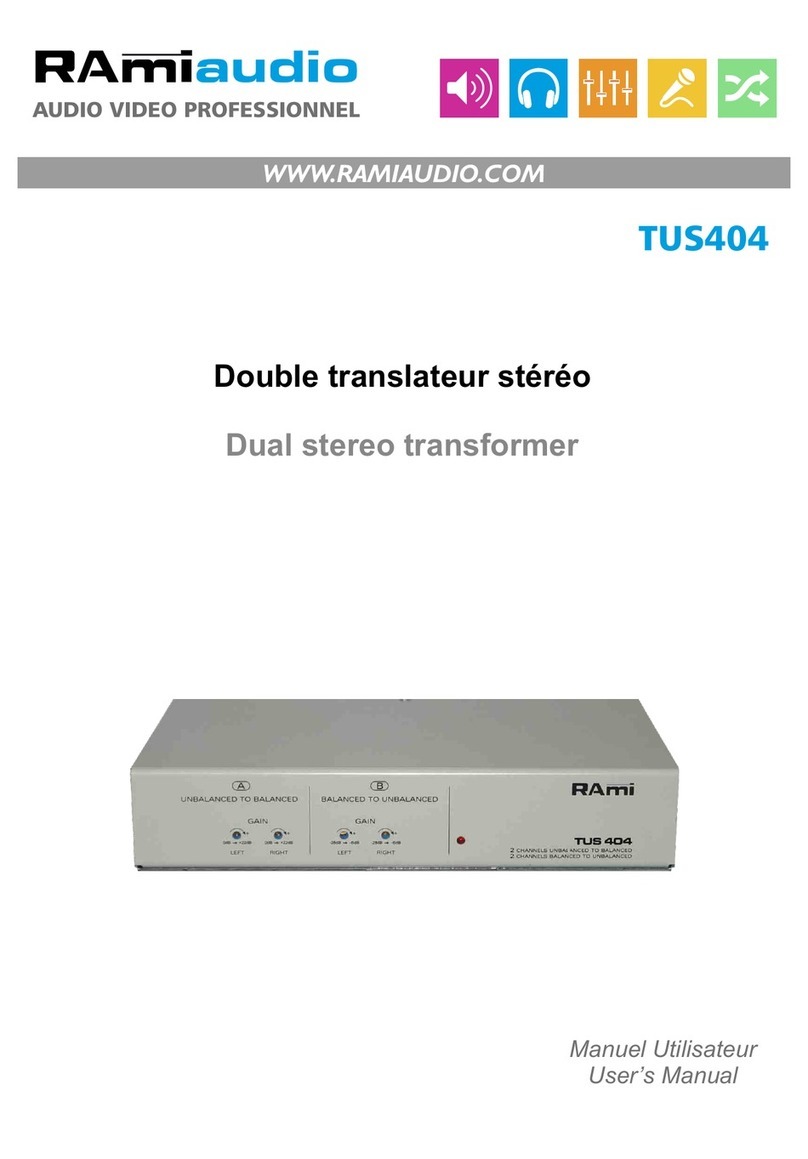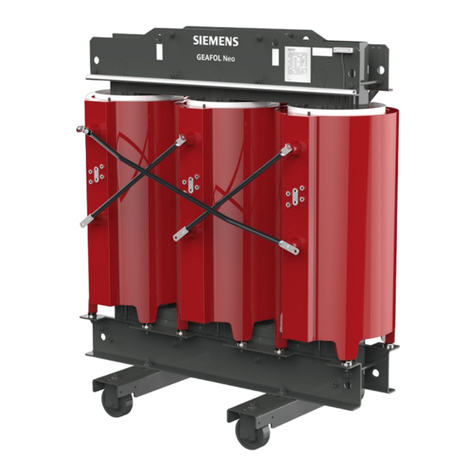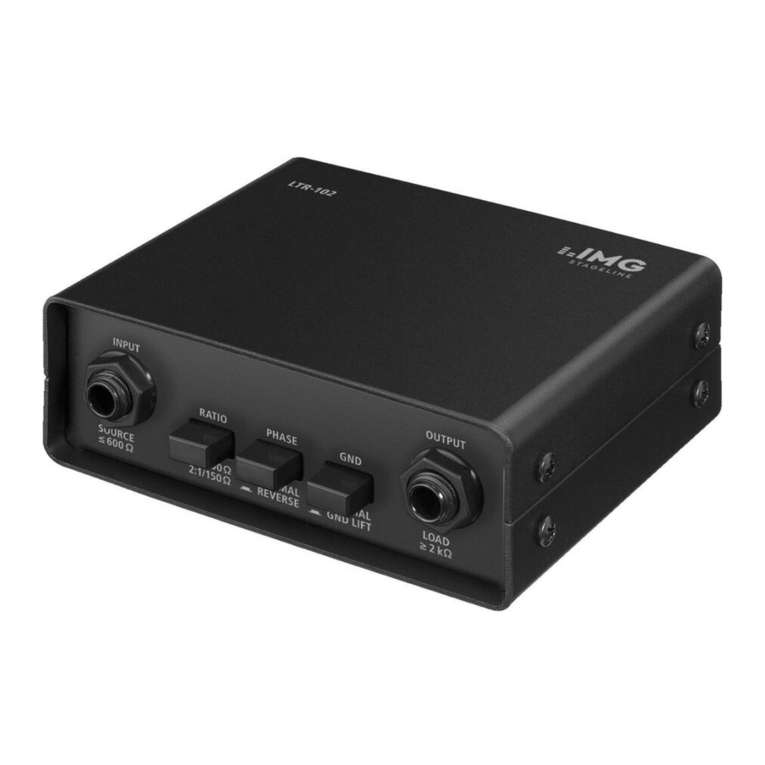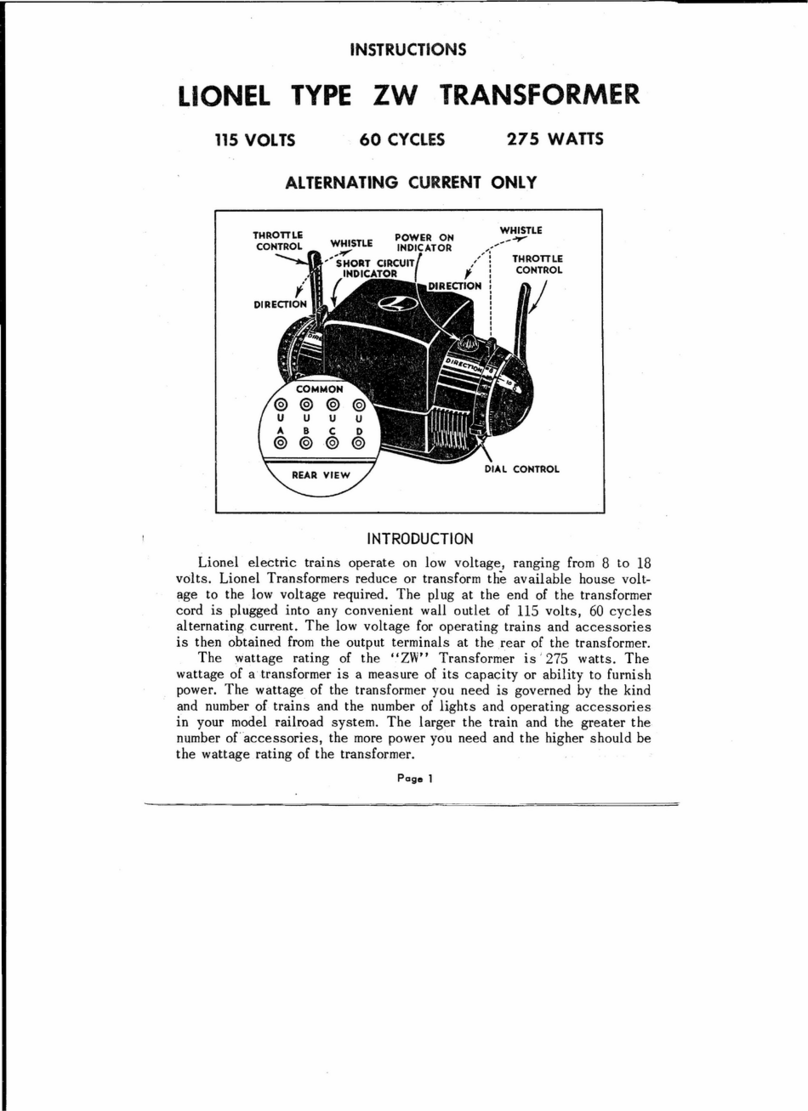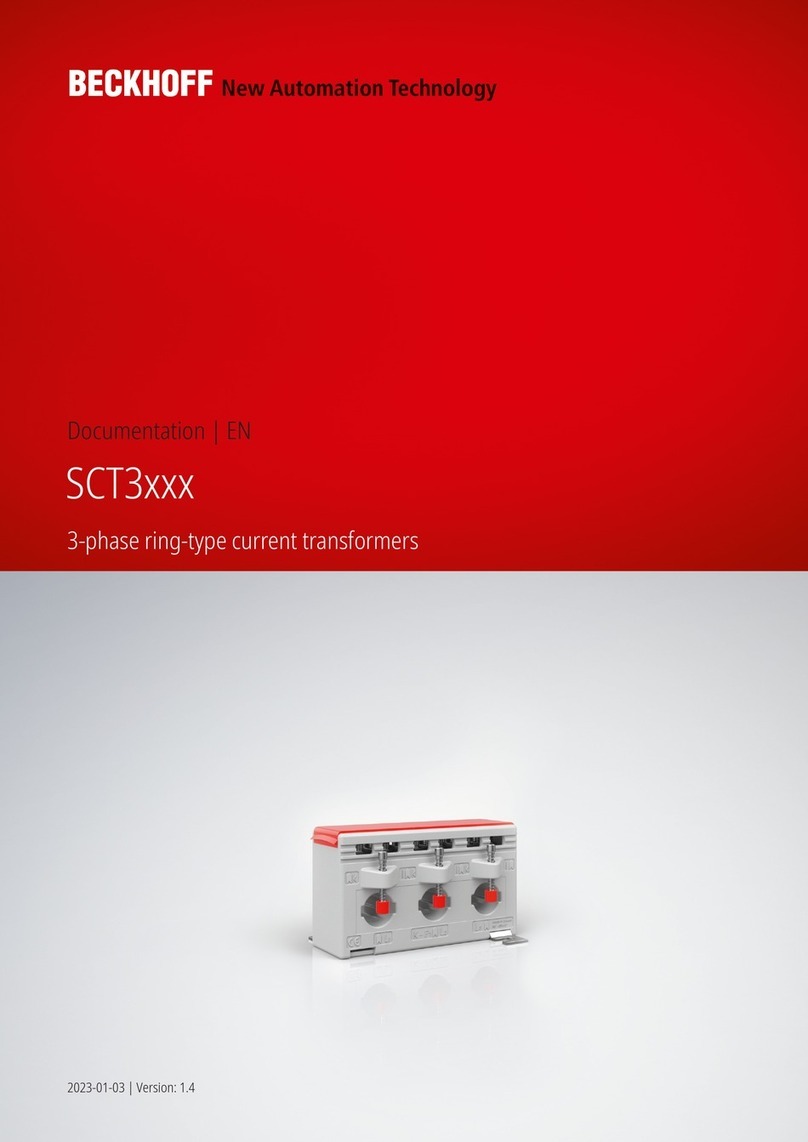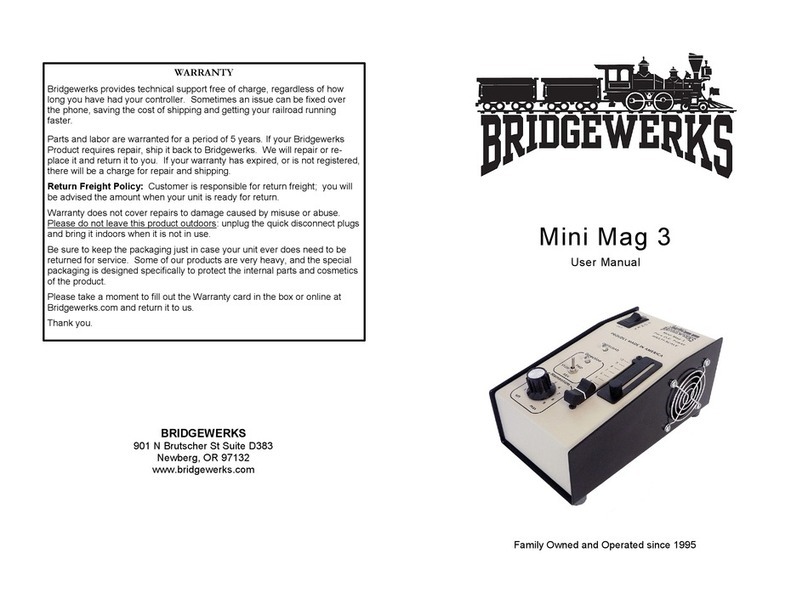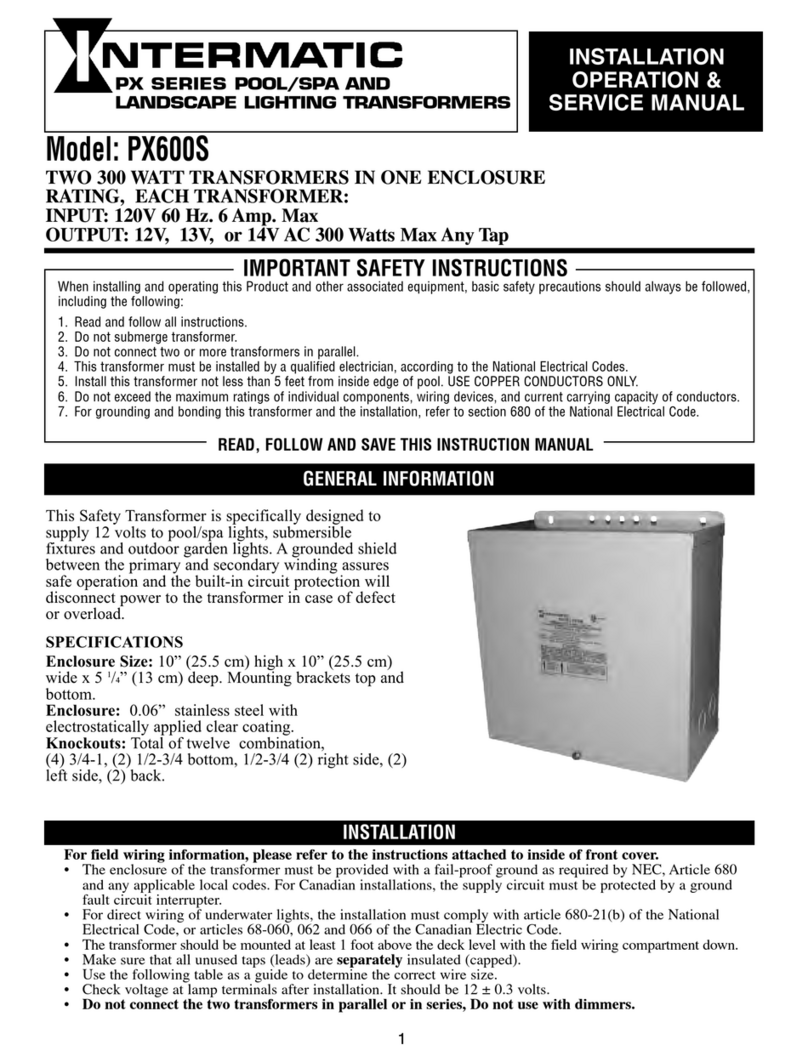Unless the customer specifies other features and/or requests to those stipulated in the
manufacturing standards, the technical characteristics that must be established to correctly
define the equipment are given below:
Voltage transformer
•Transformation ratio. (Example: 27500: √3 / 110: √3 V)
•Insulation level. (Example: 36 kV)
•Burden and class of all secondary circuits. (e.g.: 1st sec. 10 VA Class 0.2; 2nd sec. 25 VA
Class 3P)
•Voltage factor. (Example: 1.2 in permanence, 1.9 during 8 hours, etc.))
•Rated frequency: 50 Hz, unless otherwise specified.
•Manufacturing standard or customer specification: IEC 61869.
•Simultaneous burden: NO, unless otherwise specified.
•Indoor or outdoor service.
Current transformer
•Transformation ratio. (Example: 15-30 / 5-5 A)
•Insulation level. (Example: 36 kV)
•Burden and class of all secondary circuits. (e.g.: 1st sec. 15 VA Class 0.2S; 2nd sec. 30
VA Class 5P10)
•Surge factor in permanence or extended range. (Example: 150% of In)
•Rated frequency: 50 Hz, unless otherwise specified.
•Manufacturing standard or customer specification: IEC 61869.
•Thermal short-circuit current. (e.g.: Ith= 3 kA or 200 x In A, in 1 sec)
•Dynamic short-circuit current: 2.5 Ith, unless otherwise specified.
•Safety factor (Fs), for measurement transformers: ≤ 5, unless otherwise specified.
•Protection limit factor (Flp) for protection transformers.
•Indoor or outdoor service.
The use of this equipment is limited to the following conditions:
➢Maximum installation altitude: 1000 metres above sea level.
➢Maximum variation of service temperature between +40ºC and -25ºC.
➢Not very contaminated atmosphere.
When service and/or transport conditions differ to those reflected, this must be notified and
expressly indicated when requesting the offer of the material, and in the order acceptance.
Possible damage caused to the equipment due to lack of information given to the
manufacturer in this regard will not be attributable to him or to his representatives.

